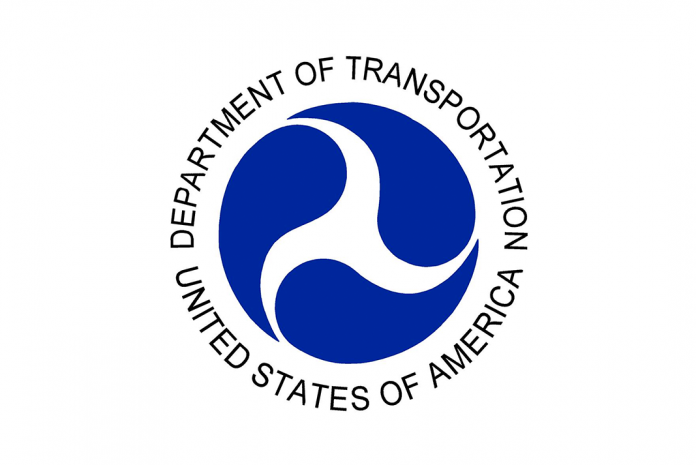The FMCSA recently released new statistics about fatal, injury, and property damage crashes involving large trucks and buses.
The report indicates that in 2016 (the most recent year that data was available), fatal crashes and injury crashes involving large trucks and buses are on the rise. It’s important to note that the FMCSA’s data does not indicate who was at fault in these crashes.
Here are some highlights from that report:
- There was a 34-percent decrease in the number of fatal crashes involving large trucks or buses between 2005 and 2009, followed by an increase of 28 percent between 2009 and 2016. From 2015 to 2016, the number of fatal crashes involving large trucks or buses increased by 6 percent.
- The number of injury crashes involving large trucks or buses decreased steadily from 102,000 in 2002 to 60,000 in 2009 (a decline of 41 percent). Since then, it increased 62 percent to 97,000 in 2015. In 2016, there were an estimated 119,000 injury crashes, based on NHTSA’s new CRSS data collection.
- Over the past year (from 2015 to 2016): The number of large trucks involved in fatal crashes increased by 3 percent, from 4,074 to 4,213, and the large truck involvement rate (large trucks involved in fatal crashes per 100 million miles traveled by large trucks) remained constant at 1.46.
- Of the approximately 475,000 police-reported crashes involving large trucks in 2016, there were 3,864 (0.8 percent) fatal crashes and 104,000 (22 percent) injury crashes.
- The vast majority of fatal crashes (84 percent) and nonfatal crashes (88 percent) involving large trucks occurred on weekdays (Monday through Friday).
- In 2016, 27 percent of work zone fatal crashes and 8 percent of work zone injury crashes involved at least one large truck.
- In 2016, 4,213 large trucks were involved in fatal crashes. According to MCMIS, 55,633 large trucks were involved in injury crashes, and 99,911 were involved in tow away crashes.
- Singles (truck tractors pulling a single semi-trailer) accounted for 62 percent of the large trucks involved in fatal crashes in 2016; doubles (tractors pulling two trailers) made up 3 percent of the large trucks involved in fatal crashes; and triples (tractors pulling three trailers) accounted for less than 0.1 percent of all large trucks involved in fatal crashes.
- Of the 4,152 drivers of large trucks involved in fatal crashes in 2016, 234 (6 percent) were 25 years of age or younger, and 235 (6 percent) were 66 years of age or older. In comparison, 6 (3 percent) of the 226 drivers of buses in fatal crashes were 25 years of age or younger, and 25 (11 percent) were 66 years of age or older.
- In 2016, 13 percent (662) of large truck occupants in fatal crashes were not wearing a safety belt, of which 285 (43 percent) were killed in the crash. In contrast, only 307 (8 percent) of the 3,849 large truck occupants wearing safety belts in fatal crashes were killed. Ten percent of the 4,152 drivers of large trucks involved in fatal crashes (396) were not wearing a safety belt at the time of the crash.
- There were 722 large truck occupant fatalities in 2016, a 9-percent increase from the 665 fatalities in 2015. In 2016, 88 percent of these occupant fatalities were drivers of large trucks, and 11 percent were passengers in large trucks.
The information in this list was last updated on Tuesday, May 8, 2018.
